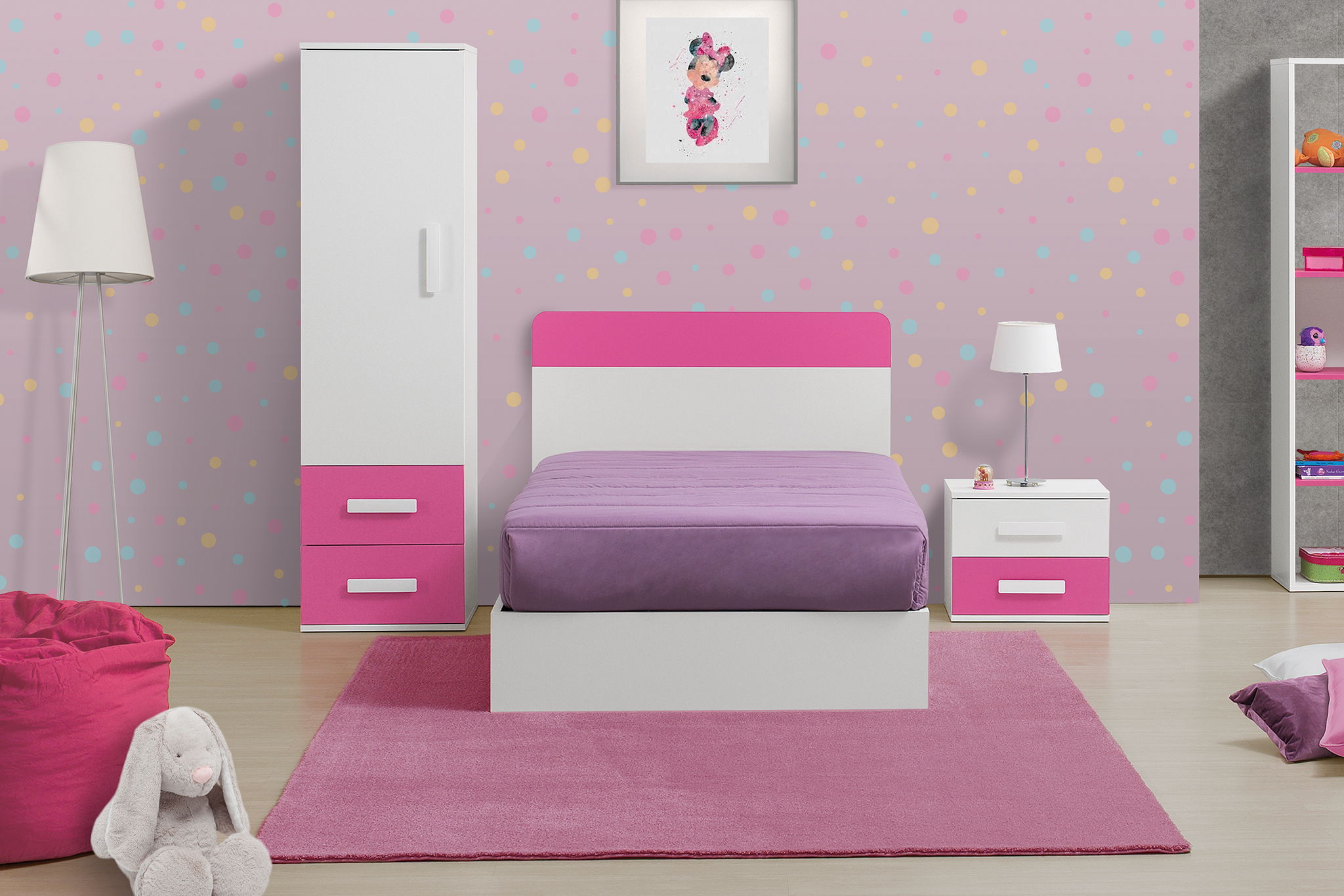Truques e Dicas

According to psychologists, there is a science of the colours we should take into account before going ahead with the decoration of the bedroom of the little ones. This science defends that the moods of the children are affected by the environment that surrounds them, and that includes the colour of the walls of their bedrooms. Here are some curiosities about the main colours and their known effects:
Red is a stimulating colour and, when used in moderation, can contribute to increasing the child’s ability to concentrate. However, too much exposure to red may trigger a tendency towards aggression in some children, especially in younger ones. It should be used to highlight a wall and not to cover an entire room.
Orange is a happy colour normally associated with communication and socialization. When used in a child’s room it gives it characteristics such as trust and extroversion. As with any warm colour, too much orange can be excessively stimulating and end up having the opposite effect. If it can bring to the surface the chatty side of a shy child, too much orange can also make it irritable. As with red, it is a colour that should be used in moderation and can be combined with soft shades of green, lavender or a neutral colour.
Yellow is the colour of optimism. Some studies show that children that work or learn in yellow rooms benefit from a greater concentration and have better memory. Due to the brightness that it transmits it is probable that, if there is a child that tends to fight against sleeping time, or waking up early, yellow will probably aggravate that problem. To balance the colour, it works well mixed with grey, blue or green.
Pink is a calming colour and encourages feelings of empathy and affection. It may lead children to behave themselves in a more affectionate and considerate manner, perhaps because it is associated with a “maternal” feeling. However, according to the specialists on the matter, too much exposure to pink can be irritating, cause headaches, or even feelings of irritability. Once more, the rule is not to abuse!
Brown is a classical and earthy shade that can help children to feel more stable in their environment. Brown also functions as a good background over which you can apply other more livelycolours. Too much brown can darken a room and make the space seem smaller and even claustrophobic. If you have a bad tempered child, it is not advisable to surround it with brown.
Green is a calming colour that brings the freshness of nature and the outdoor games into the room. Many schools use green in the classrooms as it is proven that this shade increases their reading and comprehension ability. If your child does most of the homework in the bedroom, green can be an excellent choice.
Blue is a calming and tranquilizing colour, it is frequently suggested as a bedroom colour for children that are particularly prone to tantrums. But beware because too much blue can exaggerate the calming effect and end up having a depressing effect. To balance it out use a little yellow or red.
Purple is a colour that inspires reflection, sensitivity and spirituality. Adding purple to a child’s bedroom can help to slow down its agitated rhythm.
Grey can be very striking when used as a highlighting colour, whereby it may even lead to feelings of solitude. If you want to incorporate this shade in the bedroom of the little ones, it is better to do it in moderation and by mixing it with other livelier shades such as yellow, turquoise or magenta.